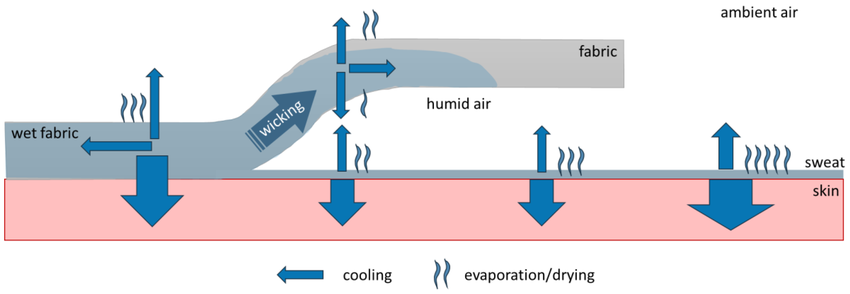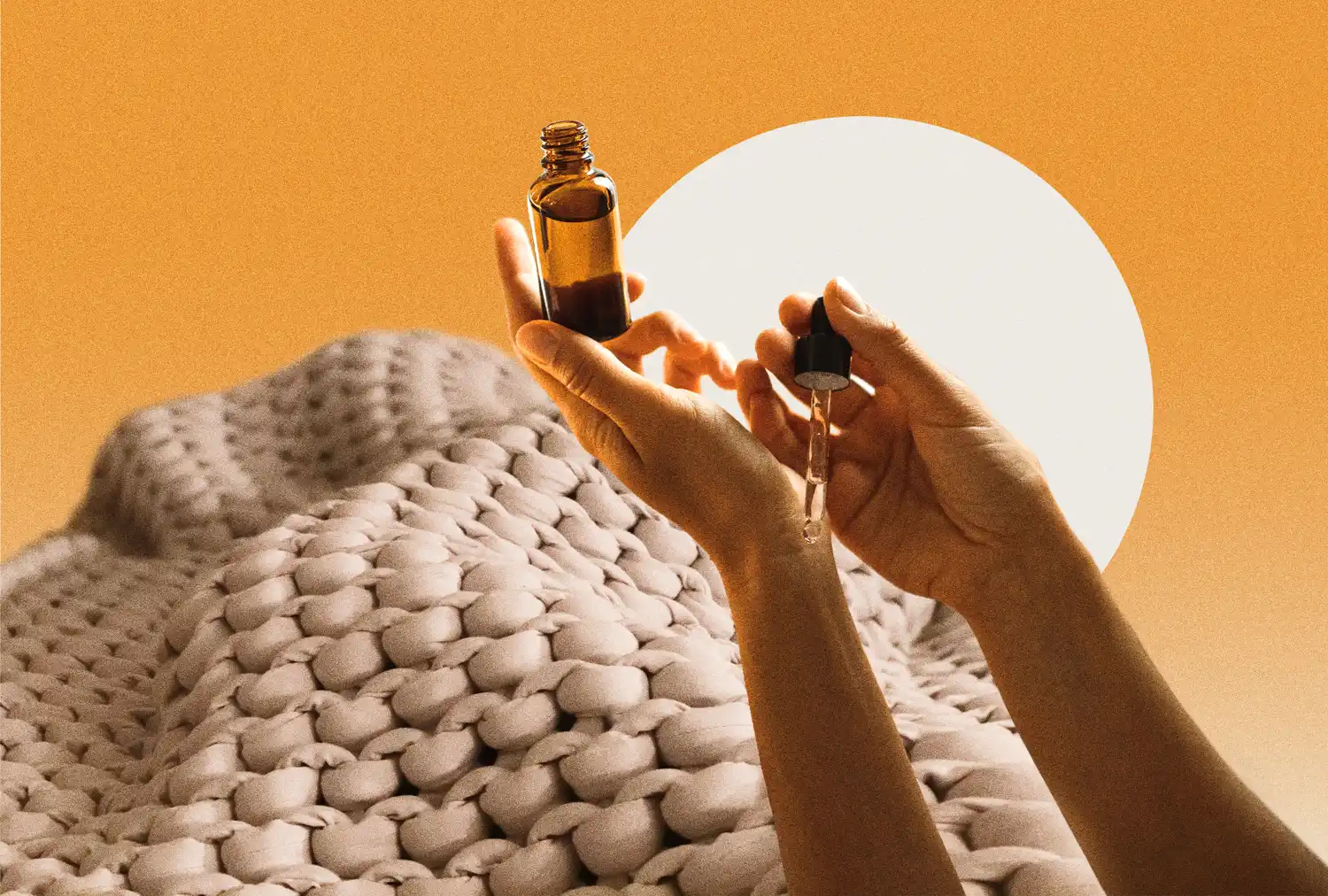The Ultimate Guide to Egyptian Sleep for Cooler Nights
Discover the ultimate guide to Egyptian sleep, a viral method for staying cool on hot nights. Learn how this ancient technique works, its benefits, and safe ways to try it.

The Ultimate Guide to Egyptian Sleep for Cooler Nights
As global temperatures rise, finding effective ways to achieve restful sleep on hot nights is more crucial than ever. The ultimate guide to Egyptian sleep offers a compelling, low-tech solution, gaining viral attention for its promise of cooler slumber without relying on air conditioning. But does this ancient method, involving sleeping under a slightly damp sheet, truly deliver on its claims? Researchers and sleep experts have weighed in on this evaporative cooling strategy to help you understand its efficacy and how to implement it safely for a more comfortable night.
Understanding the Evaporative Cooling Principle
Purported to originate in ancient Egypt, where inhabitants faced scorching desert nights without modern climate control, the Egyptian sleep method harnesses the natural process of evaporative cooling. This is the same fundamental principle that allows our bodies to cool down through sweating. As water transforms from a liquid to a gas, it absorbs heat from its surroundings—in this case, your body.
Dr. Alex Dimitriu, a psychiatrist and founder of Menlo Park Psychiatry & Sleep Medicine, explains, "The Egyptian sleep method involves sleeping under a damp sheet, which cools off from evaporation." This gradual evaporation draws heat away from your skin, effectively lowering your body temperature. For optimal results, ensuring your bedroom is well-ventilated is key, as proper airflow facilitates evaporation and prevents excess humidity from building up.

Why a Cool Environment Enhances Sleep Quality
Maintaining a cool body temperature is intrinsically linked to high-quality sleep. Our circadian rhythm naturally signals a dip in body temperature as evening approaches, preparing us for sleep. When external temperatures are too high, this crucial cooling process is disrupted, making it difficult to both fall and stay asleep.
Sleep expert Stephen Carstensen, DDS, emphasizes, "Our body temperatures dip during sleep, and sleeping in a cool environment is very good for quality sleep." Research consistently shows that a cooler sleep environment contributes to:
- Faster Sleep Onset: Helping you drift off more quickly.
- Improved Sleep Quality: Leading to more restorative rest.
- Increased Deep Sleep Duration: Essential for physical and mental rejuvenation.
Studies, including a notable 2017 paper in Science Advances, confirm that rising nighttime temperatures correlate with restless, unsatisfying sleep (Obradovich et al., 2017). Dr. Dimitriu further notes, "The more our body temperature drops overnight, the deeper we sleep." This explains why a warm bath before bed, followed by a cool bedroom, can be highly effective: the initial warmth causes blood vessels to dilate, leading to a sharper temperature drop once you're in a cooler environment.
While the Sleep Foundation suggests an ideal room temperature of around 65°F (18°C), achieving this can be challenging without air conditioning. This is precisely where the Egyptian sleep method offers a practical alternative, helping you approximate those ideal conditions.
The Ultimate Guide to Egyptian Sleep: Unpacking Its Effectiveness
Despite its recent virality on social media, the efficacy of the damp sheet method is not universally guaranteed. Its success largely depends on specific environmental factors, as highlighted by sleep experts.
Is the Egyptian Sleep Method Safe?
For most healthy adults, the Egyptian sleep method is considered a low-risk cooling strategy, provided the sheet is only damp and the room has adequate ventilation. However, caution is advised in humid climates, where moisture may linger, potentially fostering mold and bacterial growth. Furthermore, individuals with sensitive skin conditions like eczema might experience irritation from prolonged contact with damp fabric, as noted by dermatologists (Stanford researchers).
When is it Most Effective?
Evaporative cooling, the core mechanism of this ancient Egyptian technique, performs best in hot, dry conditions. In muggy or highly humid environments, water evaporates much more slowly, diminishing the cooling effect and potentially leaving you feeling clammy rather than refreshed. Therefore, those living in arid regions with high nighttime temperatures and limited access to AC stand to benefit most from this innovative approach. It also presents an energy-efficient option for those looking to reduce their carbon footprint in 2025.
Implementing the Damp Sheet Method Safely
If you're considering trying the Egyptian sleep method, here are research-backed strategies for safe and effective implementation:
- Damp, Not Soaking Wet Fabric: The key is to cool yourself, not create a puddle. Lightly dampen a cotton or linen sheet in cool water, then wring it out thoroughly until it's just moist, not dripping. A common mistake is over-wetting, which leads to discomfort and potential mattress damage.
- Add a Protective Layer: To absorb any excess moisture and safeguard your mattress, place a breathable mattress protector or a dry towel underneath your damp sheet. This is crucial for maintaining hygiene and preserving your bedding.
- Choose Lightweight, Natural Fabrics: Opt for cotton or linen, which are naturally breathable and enhance the evaporative effect. Avoid synthetic materials that can trap heat and moisture. Sleeping in minimal or no clothing also maximizes the cooling.
- Ensure Proper Airflow: Open a window, use a ceiling fan, or position an oscillating fan nearby. Increased airflow significantly boosts evaporation and helps dissipate heat more quickly, preventing the room from becoming too humid.
- Monitor Skin Reaction: Pay attention to how your skin responds. If you notice any redness, itching, or irritation, discontinue the method and explore other cooling strategies. Your comfort and skin health are paramount.
- Consider a Warm Bath or Shower Before Bed: Counterintuitively, raising your body temperature slightly before bed can lead to a more pronounced cooling effect afterward, promoting deeper rest, according to Dr. Dimitriu. This aligns with findings from sleep science (Harvard, 2024).
Another surprising tip that may enhance cooling is wearing socks to bed. Dr. Dimitriu explains, "There is some evidence that socks may help dissipate heat. This happens because in socks, the body feels it is warmer than it really is, and may dilate blood vessels everywhere else to cool off, which is a good thing." Like the Egyptian sleep method, it's a low-risk experiment worth trying.
Expert Insights & Alternative Cooling Techniques
While the damp sheet technique offers a unique solution, it's one of several strategies for combating heat at night. Other effective, low-tech methods include:
- Lukewarm Showers: A lukewarm bath or shower before bed can lower core body temperature as the water evaporates from your skin.
- Strategic Fan Use: Directing a fan towards your body creates a wind-chill effect, enhancing comfort.
- Breathable Bedding: Investing in linen or cotton sheets and pajamas can significantly improve airflow and moisture wicking.
- Freezing Sheets/Pillowcases: Briefly placing your sheets or pillowcases in the freezer before bed can provide a temporary burst of coolness.
Dr. Carstensen also advises, "Make sure the sleep environment is dark, clean, and quiet." These foundational elements of sleep hygiene remain critical, regardless of your chosen cooling method. Experimentation is key to discovering which combination of techniques works best for your individual needs and environment.
Does the Egyptian Sleep Method Work for Everyone?
My personal experience with the Egyptian sleep method, conducted in a hot, dry climate, yielded mixed results. While the damp towel certainly provided an initial cooling sensation, my
About Ava Thompson
NASM-certified trainer and nutrition nerd who translates science into simple routines.
View all articles by Ava Thompson →Our content meets rigorous standards for accuracy, evidence-based research, and ethical guidelines. Learn more about our editorial process .
Get Weekly Insights
Join 10,000+ readers receiving actionable tips every Sunday.



